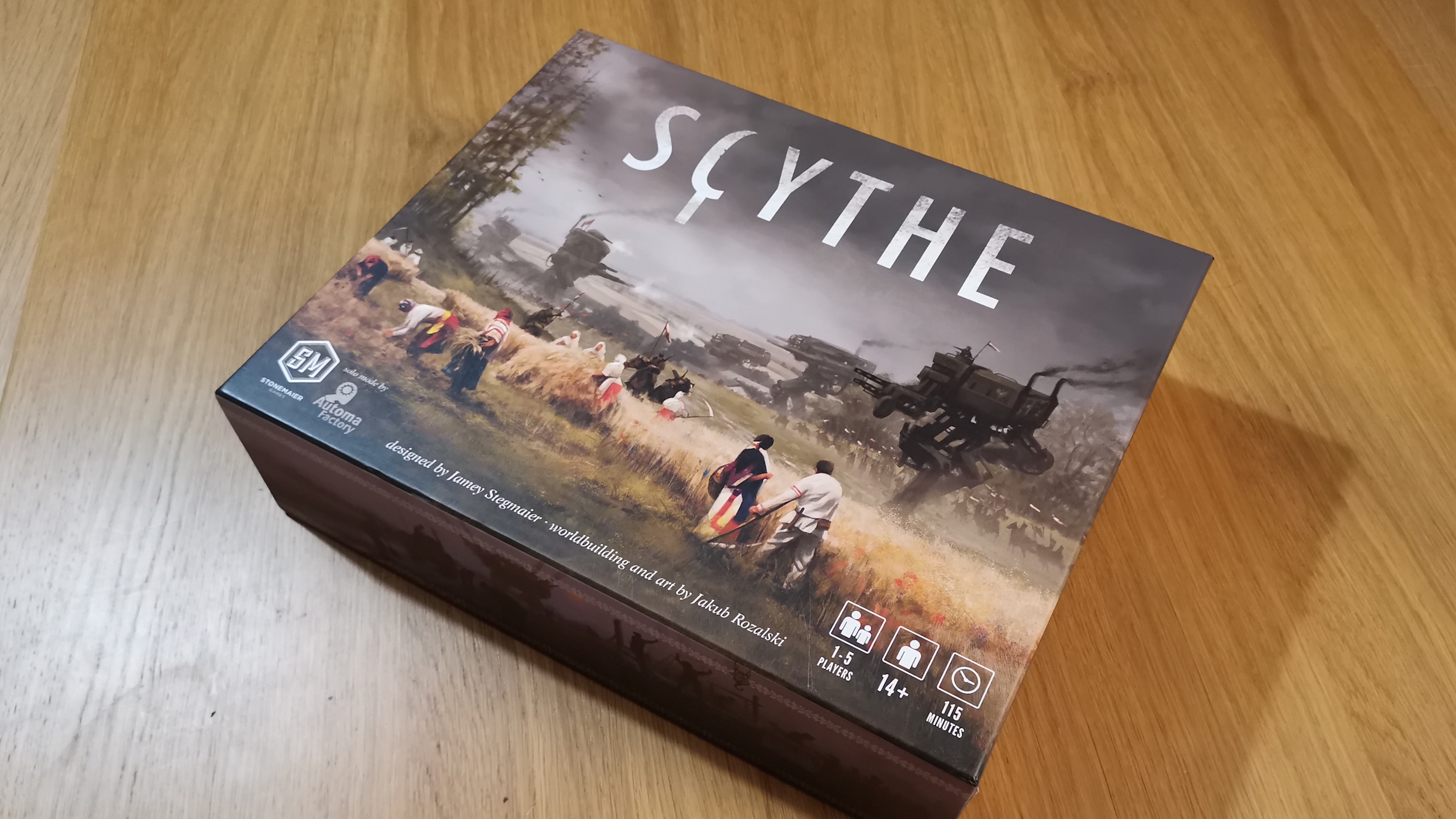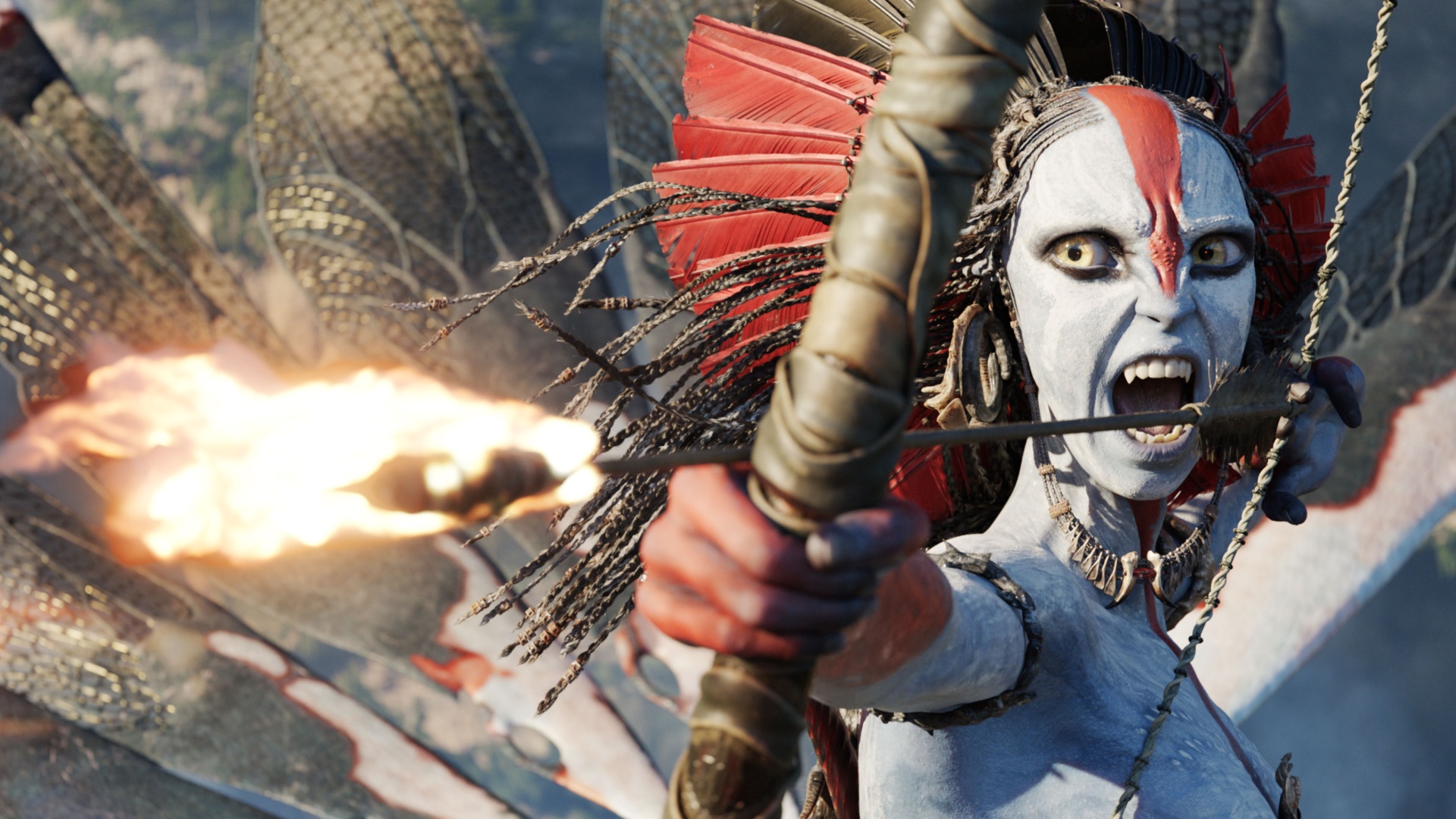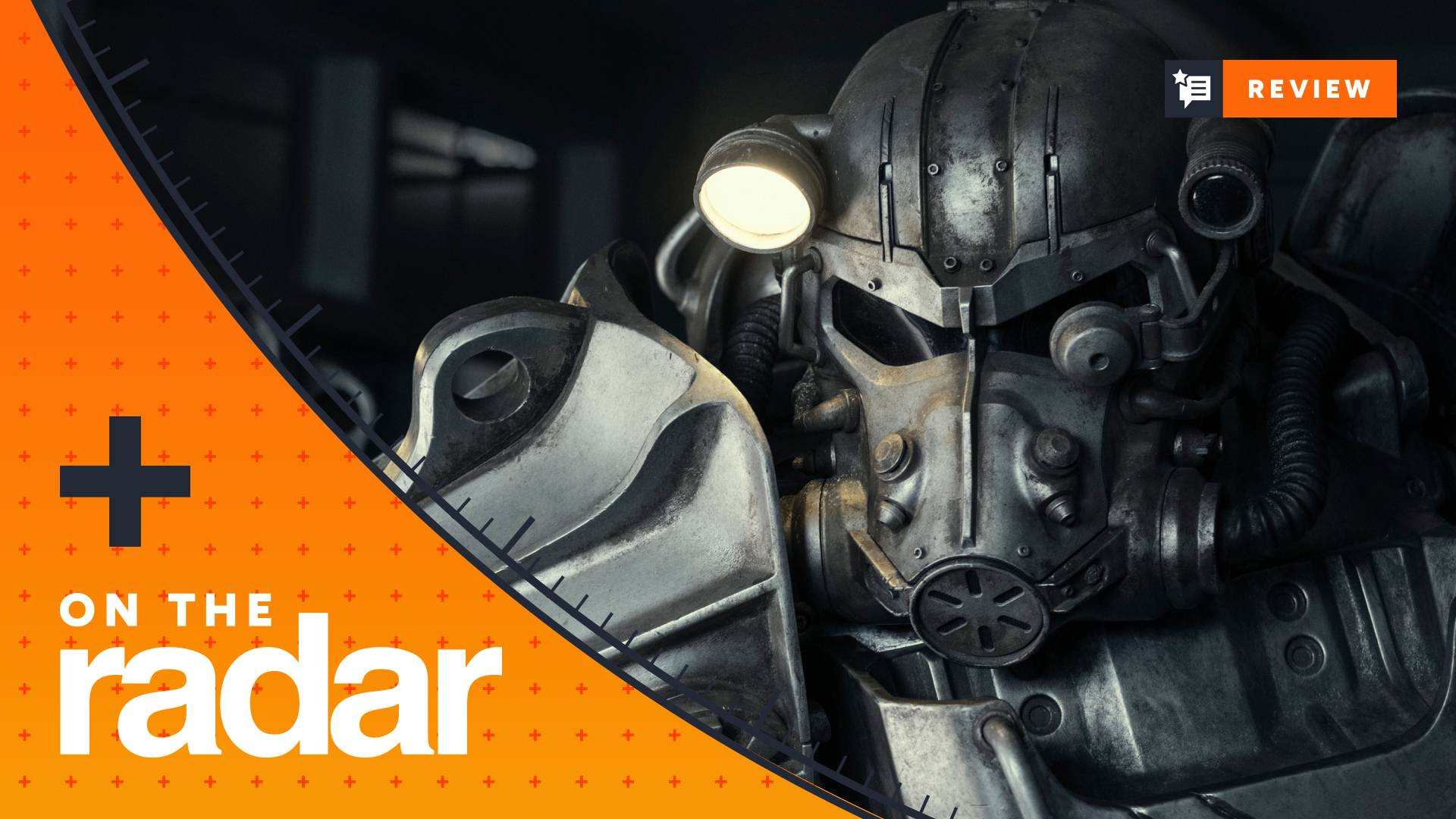Trophy data exposes fighting games' motivation problem
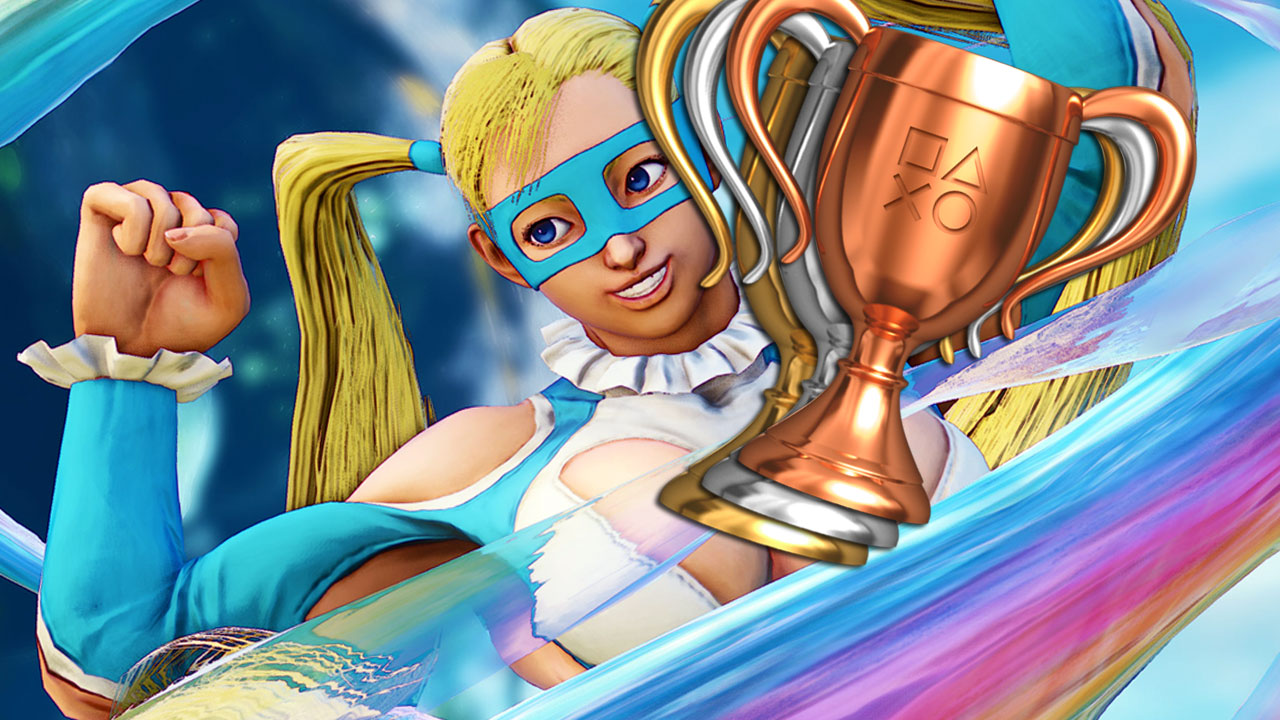
According to my research...
Last generation saw a lot of excellent fighting games, from the genre-revitalizing Street Fighter 4 to the bone-crushing brutality of Mortal Kombat. But as the dust settles on those bygone bouts - and developers flock to current-generation hardware - I thought it was as good a time as any to look back and see what we can learn from the past 10 years of fighting.
I've pinpointed a few trends from the limited data we have available. This is by no means a scientifically sound analysis. All I've done is collect trophy completion data from the PS4 for 10 last-generation fighting games - which you can see here - and examined completion rates for similar trophies across different games. Three distinct trends jumped out at me, which I've collected in the slides that follow. And while this is only a snapshot into the wealth of data developers have at their fingertips, it should offer a glimpse into what could - and should - define the next generation of fighting games.
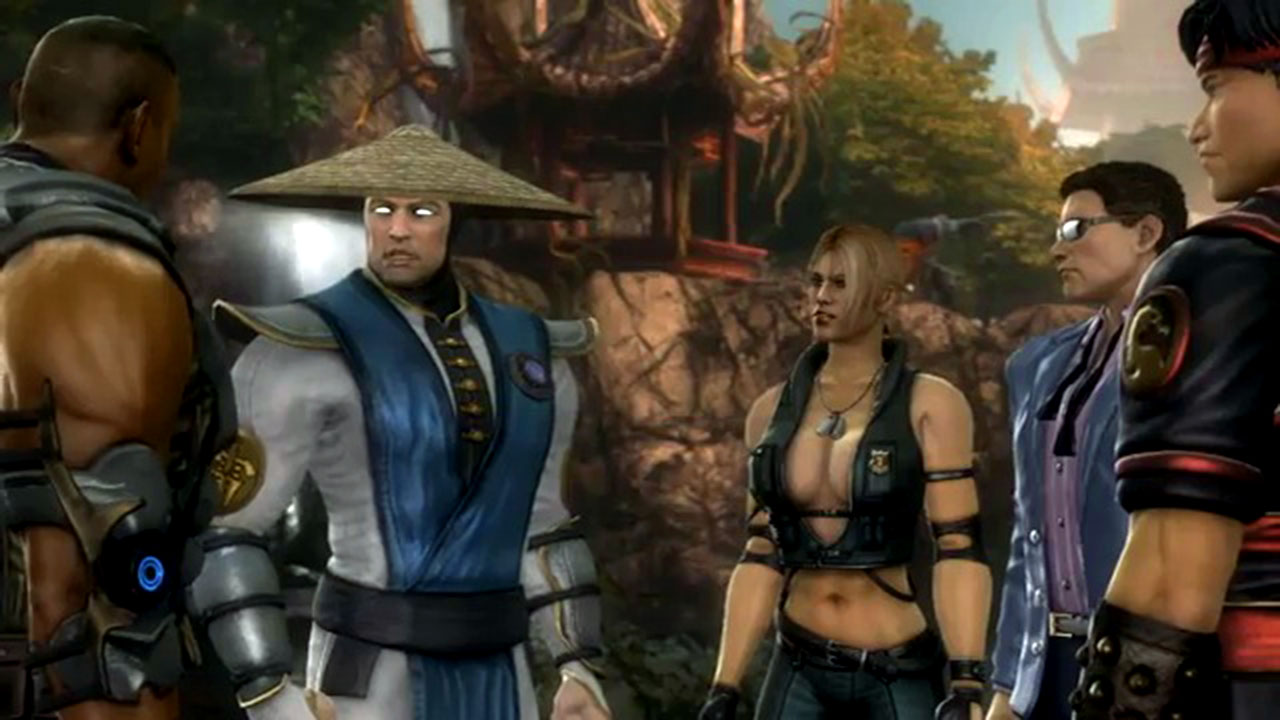
Roughly half the people who pick up a fighting game play through arcade and/or try story mode (if there's one available).
In a genre about eccentric characters coming together and punching each other, you'd think a coherent story would be the least of our concerns. And yet, narrative-based trophies have some of the highest completions rates. In Mortal Kombat, 40 percent of players made it halfway through the campaign. In Soulcalibur 5 and Dead or Alive 5, roughly 70 percent initiated story mode. And even in games without story mode - such as Tekken Tag Tournament 2 and Marvel vs. Capcom 3 - over half cleared arcade mode and saw an ending.
I've seen plenty of forumgoers decry narrative-based modes as a waste of resources. But the data shows that these modes clearly resonate with the greater fighting game audience. I believe players - especially those don't play at a tournament level - appreciate the sense of progression and accomplishment that story modes (or arcade endings) provide. Fighting games take a lot of time and practice to reach proficiency, which can fly by if you have plenty of local, skilled competition. But for the rest of us, seeing how a story unfolds can be the carrot-on-a-stick needed to stay invested in learning our preferred characters.
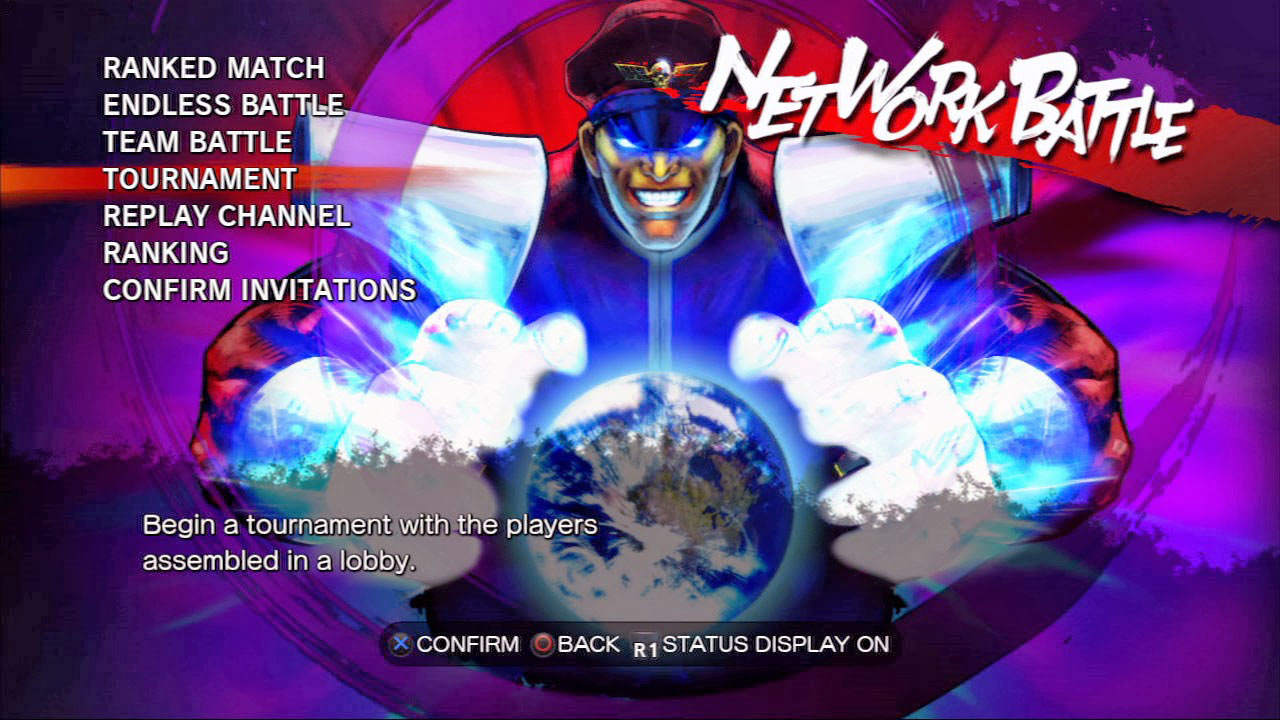
Most players remain unwilling or unable to play online.
Playing another human over the internet is a tough sell for most fighting game players. In King of Fighters 13, only 21 percent of people bothered to play a ranked or player match. MvC3 didn't fare much better, with 38 percent of people participating in ANY online mode. Meanwhile, Street Fighter 4 lists only 17 percent of people as having won a single ranked match. If playing online against others is the end game of any fighter, this trend needs to change.
There are several reasons why someone wouldn't play online: a poor connection, an abundance of local competition, or a genuine lack of interest. However, I believe the biggest detractor is intimidation. Dueling another person is a very emotionally intense experience, because whether you win or lose, you have no one to blame but yourself. Victory and defeat are not shared among teammates; they fall on your shoulders alone. And fighting games traditionally do a very poor job of preparing players for online play, which leads me to my next point...
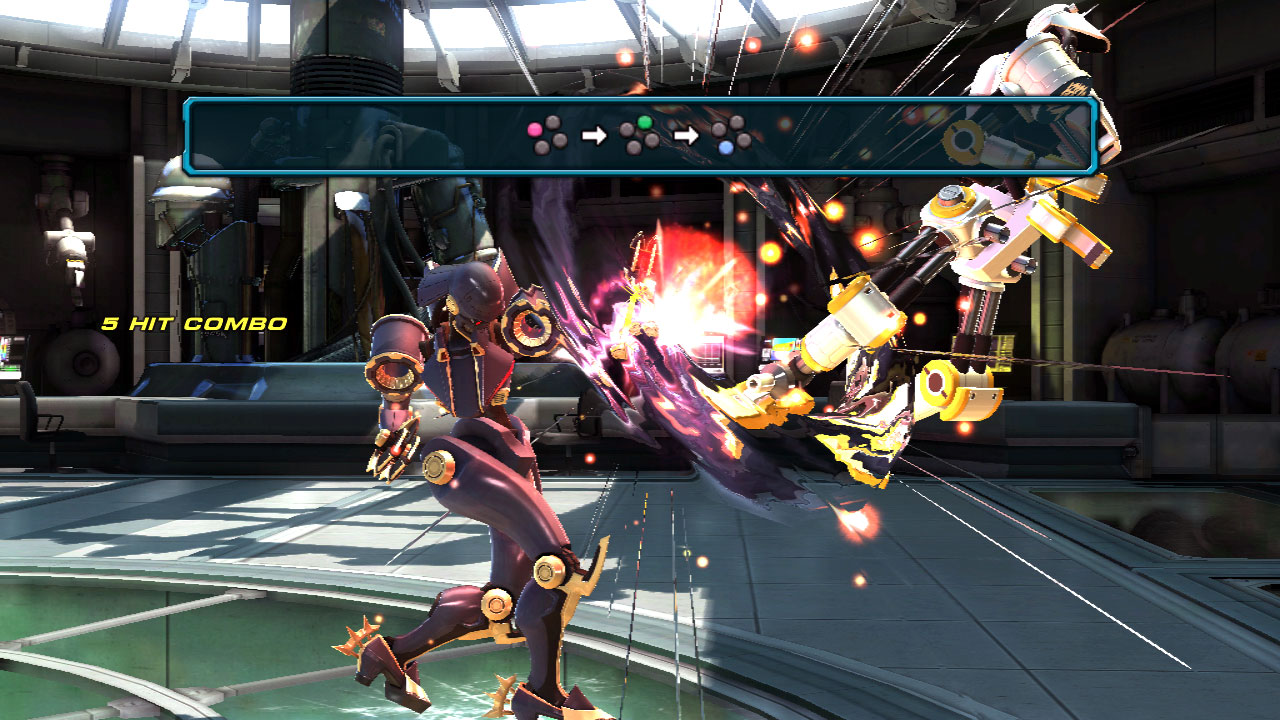
Players demand more from their educational modes.
The data shows many people will start a tutorial, only to abandon it. In both Street Fighter X Tekken and TTT2, around 40 percent of players started the tutorial - but only around 13 percent finished it. Mortal Kombat and KOF13 show similar completion statistics, with 17 and 15 percent respectively. Honestly, this doesn't surprise me one bit, as most fighting game tutorials have the creativity and teaching method of an Algebra textbook. Between the cluttered checklists and clinical presentation, they feel like homework.
James Chen, long-time fighting game commentator and enthusiast, has praised Super Smash Bros. for the way it handles its tutorial modes: they're disguised as mini-games. Break the Targets is an exercise in learning your character's moveset, Home Run Contest is about dealing as much damage as possible in a short amount of time, and so on. Part of getting people engaged in a fighting game is arming them with the skills necessary for success. There's a need here that's not currently being met - at least, not in a way that makes new players follow through on their efforts to improve.
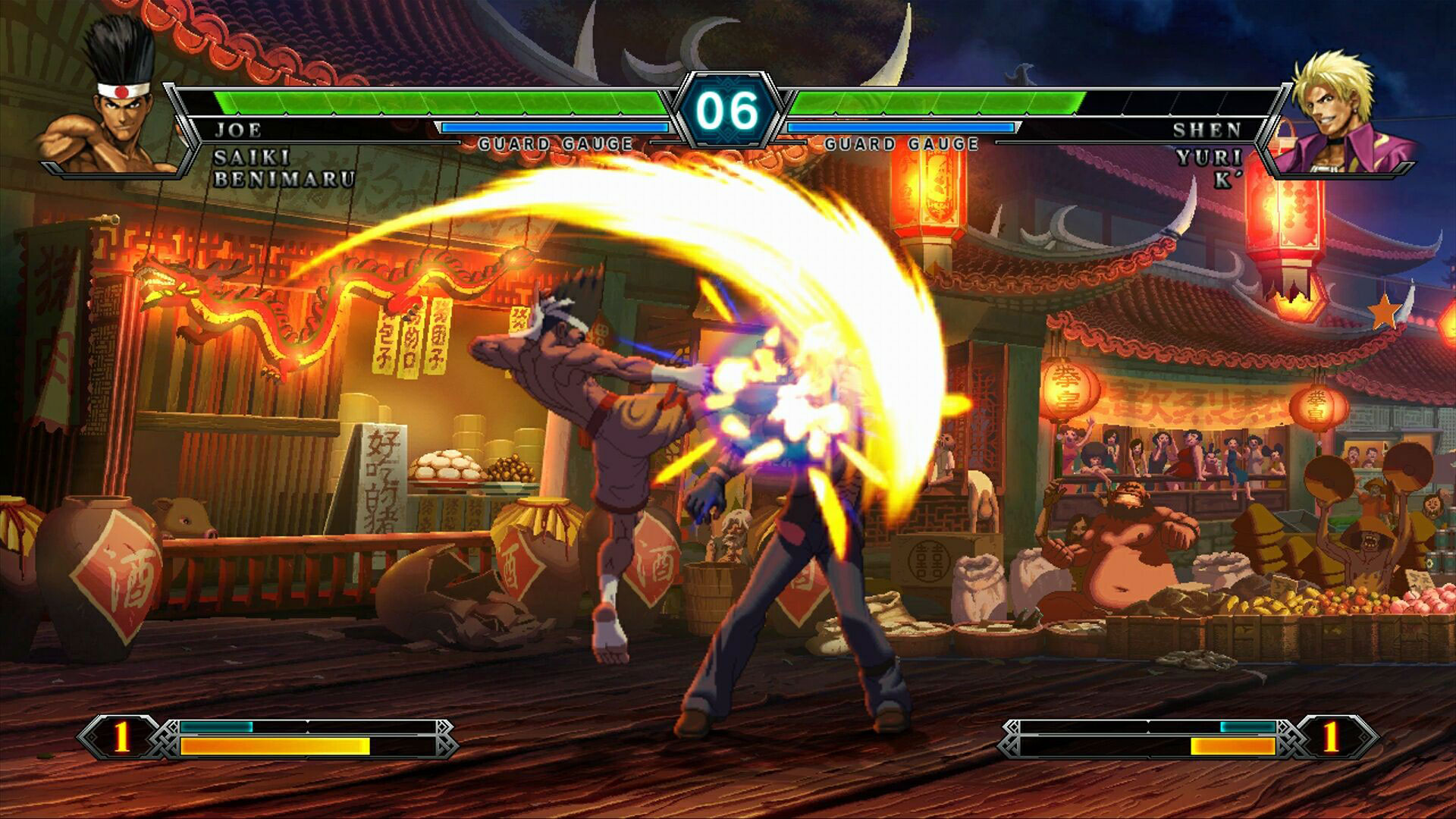
We gotta' get motivated!
What all this data says to me is that fighting games have a motivation problem. I imagine most people reading this article understand that, when you're proficient at a particular fighting game and have the chance to face someone of similar skill, it's a rush like no other. But reaching that point takes a lot of honest-to-goodness work. Unless you already know that your investment is going to have some concrete payoff - be it satisfaction or bragging rights - there's little reason to make such a commitment. You're simply not motivated.
Fighting games in the current generation need to do a better job of using what they have to incentivize their audience. One simple way to lure players in is with more costumes, stages, gems, additional fighters, backstory, and other extras to unlock within the game itself rather than locking them behind a bunch of intrusive microtransactions. It means using the story mode to guide players from their first fireball to defeating the hardest-level AI in a way that feels natural.
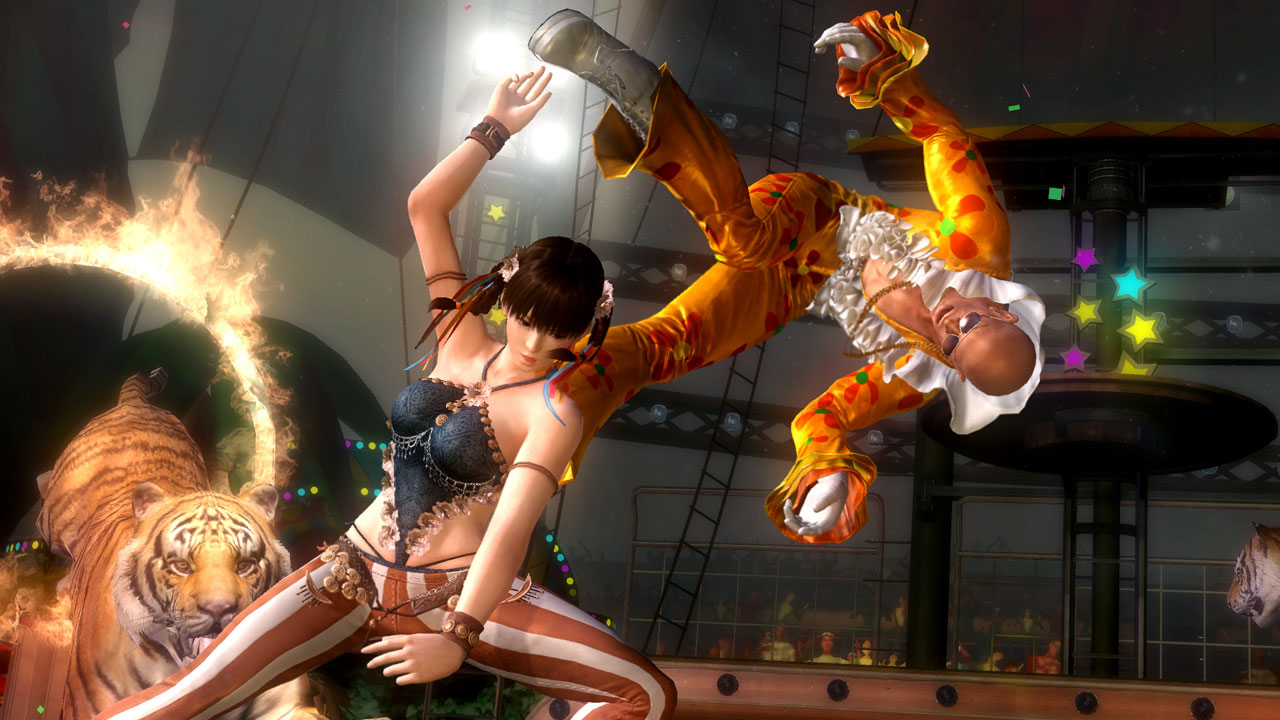
Fighting games in the current generation
A while back, I ran a story about the Shadow Brain system coming to Killer Instinct. In brief, the Shadow Brain is an AI you spar against and send out into the internet to do battle in your name. Meanwhile, you can fight against other player's custom-made AIs. This is a really smart way to help acclimate players to the online arena. It creates a bridge between the tough-but-exploitable challenge of a traditional CPU opponent and the instinctual quirks of an actual person.
With any luck, Shadow Brain will be just the first in a long line of innovations that'll encourage players to get more out of their fighting games. This genre offers some of the most intense and gratifying experiences in all of gaming; it just needs to make you want it.

